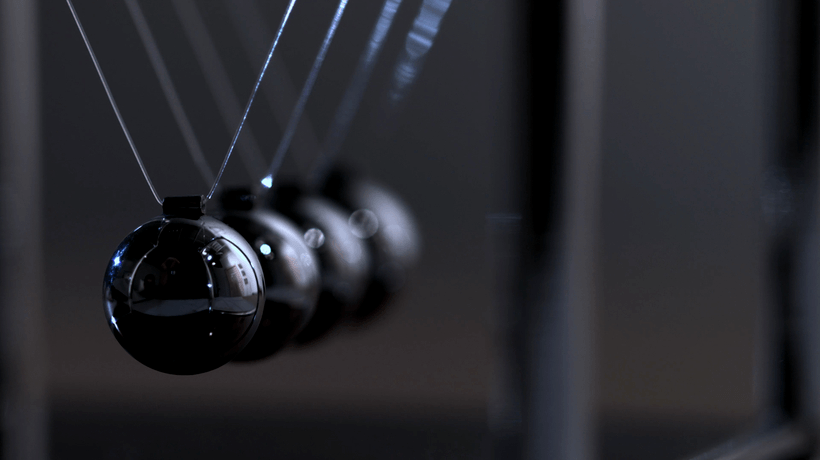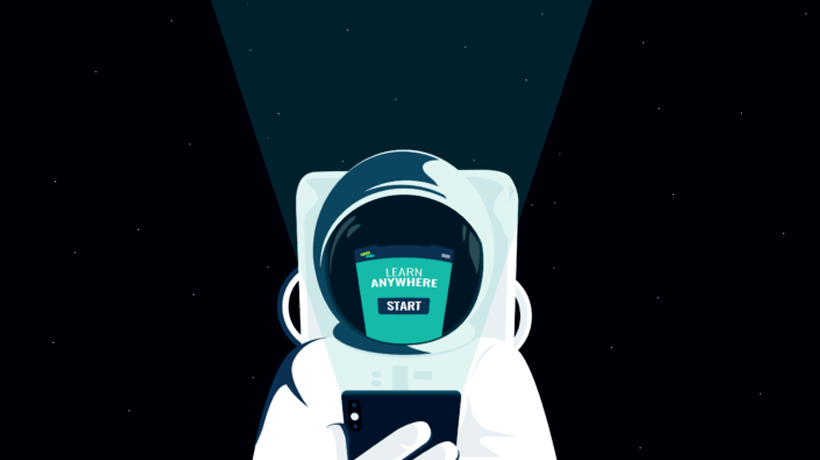How Can We Design Microlearning Actions To Enable Deeper Learning And Behavior Change?
Microlearning is the process of learning in short bites, usually for 7 to 10 minutes. It is mostly asynchronous in nature and has a wide variety of formats. It could be a short read, watching a video, reflecting on something that one has just learned, sharing an experience or applying one’s learning to the work context. Since microlearning is bite-sized and in short bursts, it could be intuitive to think that it doesn’t lead to deeper learning and, hence, behavior change. However, the reality is quite contrary.
Let’s take an example where we are trying to develop the competency of "empathy." A more specific learning objective would be: Apply the empathy map to diagnose the world of your colleague/customer.
Can microlearning be leveraged to drive behavior change in this case? Could learners actually use the empathy map to understand the world of their colleagues or customers? The first advantage of microlearning is that it is self-paced, allowing learners to learn when, where, and how they want. This indicates that the learner is actually present when they want to be, and has a higher chance of retention and application.
Here are 4 microlearning actions that are helpful in triggering deeper learning and, hence, behavior change:
1. Contextualization
Contextualization in microlearning prompts the learner to think of a scenario where their learning could help them achieve a bigger objective. In the example that we took, we can prompt the following action: Reflect on a project that you are working on and you are trying to work with a new team member or a customer. How can empathy help you?
2. Application
Microlearning can prompt learners to apply their learning to a work context. When prompted to do this, learners usually recall their most pressing work needs at the moment or a project that they are currently working on. Consider the given example, wherein the learner has already gone through an article/video on the empathy map. The learner can be prompted to apply the same through the following action: Take a piece of paper and some color pens. Think of the colleague whom you would like to understand better. Can you draw an empathy map keeping this colleague in mind?
3. Social Learning
Social learning encourages learners to share inputs with each other. Learning happens by reflecting on interactions and identifying pieces that learners themselves may have missed. In our current example, social learning can be leveraged by prompting the following action: Click a snap of the empathy map that you have drawn, and share it with your learning group. Take a look at the empathy maps that they have posted. Feel free to share your feedback on their empathy maps.
4. Prompt An Action
Microlearning can prompt the learner to take further action based on their newly acquired skill. This can ensure that that the learning is not restricted to the 10 to 15 minutes that the learner was engaged with on the microlearning platform. Here’s a possible learning activity that can be prompted: While drawing the empathy map for your team member or customer, did you observe how much/little you know about the person? Is it approximately 30%, 50% or 70%? Well, whatever the number, it's completely ok! Before moving to the next session, why don't you find out a little bit more about the person? Maybe you catch up with them for a friendly chat over coffee! It's that simple!
The learning can be further strengthened by providing specific scenarios, wherein the learner needs to make decisions, and feedback can be provided accordingly. Or the learner could be prompted to share an instance where they were able to successfully use their learning—prompting further contextualization and social learning.
Note On Empathy Map
An empathy map is a tool that individuals and teams can use to gain a deeper insight into their customers/stakeholders. Much like a user persona, an empathy map can represent a group of users, such as a customer segment. The empathy map was originally created by Dave Gray and has been gaining popularity with the agile community [1]. An empathy map focuses on various aspects of the user’s persona, such as their aspirations, goals, thoughts and feelings, their work environment, their fears and pain points.
References:
1. Agile Coaching Tip: What Is an Empathy Map? (https://www.solutionsiq.com/resource/blog-post/what-is-an-empathy-map/)










